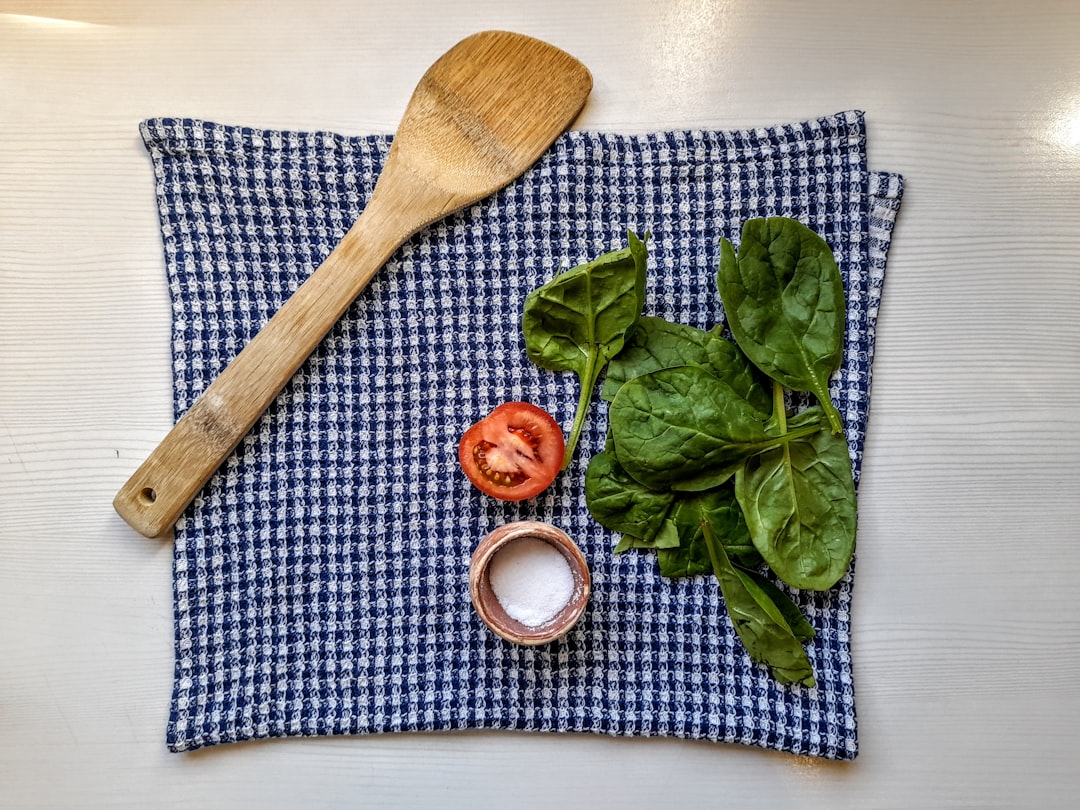In the vast world of cooking, the choice of ingredients can make or break a dish. Among the many ingredients, rice flour and glutinous rice flour stand out, especially when it comes to making traditional treats like mochi and dumplings. Understanding the difference between these two types of flour is crucial for any aspiring home cook.
Let's start by exploring rice flour. Rice flour is made from regular rice, which can be either white or brown. It has a fine texture and a neutral flavor, making it a versatile ingredient in both sweet and savory dishes. In Western cuisine, rice flour is often used as a gluten - free alternative to wheat flour. It can be used to make pancakes, bread, and even thicken sauces. In Asian cuisine, it is a key component in many snacks and desserts. For example, in Indian cuisine, rice flour is used to make idlis, a popular steamed savory cake. The process of making rice flour involves milling the rice grains into a fine powder. This can be done at home using a high - powered blender or a grain mill, or you can easily purchase it from the grocery store.
On the other hand, glutinous rice flour, also known as sweet rice flour, is made from glutinous rice. Despite its name, glutinous rice does not contain gluten. The term “glutinous” refers to its sticky texture when cooked. Glutinous rice flour has a much stickier and chewier consistency compared to regular rice flour. This unique property makes it ideal for making dishes that require a sticky or gummy texture, such as mochi, a traditional Japanese rice cake. Mochi is made by steaming glutinous rice and then pounding it into a smooth, elastic mass. When using glutinous rice flour, it is important to note that it absorbs more liquid than regular rice flour. So, when following a recipe, you may need to adjust the amount of liquid accordingly.
Now, let's talk about the differences in appearance. Rice flour is usually white or off - white in color, with a powdery and dry look. Glutinous rice flour, on the other hand, may have a slightly more opaque and duller appearance. In terms of taste, rice flour has a mild, almost bland flavor, which allows other ingredients in the dish to shine. Glutinous rice flour has a slightly sweeter taste, which is why it is often used in sweet desserts.
When it comes to cooking with these flours, the applications are diverse. If you want to make a light and fluffy pancake, rice flour is your best bet. You can mix it with water, eggs, and a little sugar to create a batter. For a more traditional Asian dish like dumplings, you can use a combination of rice flour and glutinous rice flour. The rice flour will give the dumpling wrapper some structure, while the glutinous rice flour will add stickiness and chewiness.
Let's take a closer look at making homemade mochi. To make mochi, you will need glutinous rice flour, water, and sugar. First, mix the glutinous rice flour and sugar in a bowl. Then, gradually add water and stir until you get a smooth dough. Transfer the dough to a steamer and steam it for about 20 - 30 minutes until it becomes translucent and sticky. Once it is cooked, take it out of the steamer and let it cool slightly. You can then shape the mochi into small balls and roll them in sweetened soybean powder or other toppings of your choice.
If you are making dumplings, start by making the dough. Combine rice flour and glutinous rice flour in a ratio that suits your preference. Add warm water and knead the dough until it is smooth and elastic. Let the dough rest for about 15 - 20 minutes. Then, roll out the dough into thin circles and fill them with your favorite filling, such as minced meat, vegetables, or a sweet bean paste. Pinch the edges of the dumpling to seal it. You can then steam, boil, or fry the dumplings.
In conclusion, understanding the difference between rice flour and glutinous rice flour opens up a world of culinary possibilities. Whether you are a beginner cook or an experienced chef, these two flours can add a unique touch to your dishes. So, the next time you are in the kitchen, don't be afraid to experiment with rice flour and glutinous rice flour and create your own delicious treats.




















